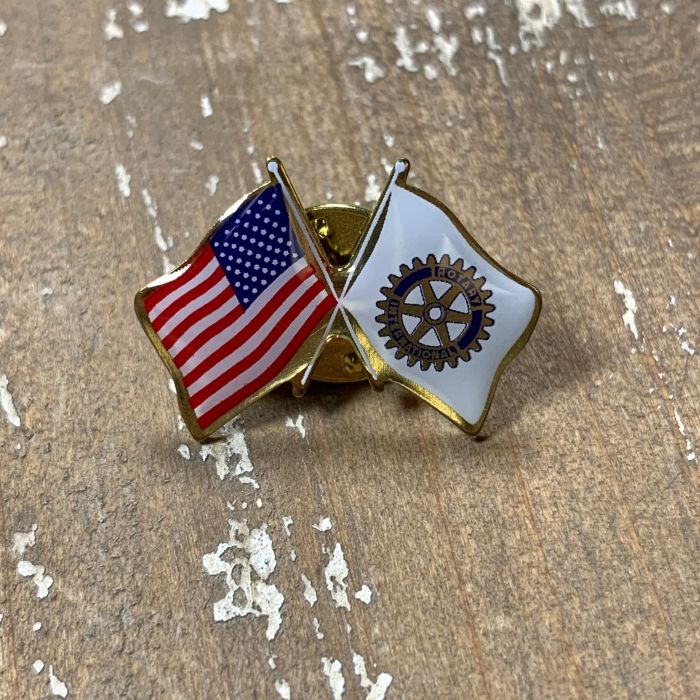The Evolution of US Lapel Pins: From Military Badges to Fashion Statements
The origin of the us lapel pin tells an intriguing story of evolution, transitioning from its early days as a profound emblem in the military to becoming a versatile fashion statement. The journey of the lapel pin is a fascinating reflection of changing societal norms, cultural identities, and expressive styles.
Historical Beginnings: Military Heritage
Lapel pins have a deep and compelling history rooted in the military. Initially, these small but significant items served as badges of honor, symbolizing achievement, rank, and unity among soldiers.
The Civil War Era
During the American Civil War, unit insignias and badges began to gain prominence. Soldiers wore these lapel pins with pride, representing their regiment and demonstrating their dedication to the cause. This practice instilled a profound sense of camaraderie and identity within military units.
World Wars I and II
The ubiquity of lapel pins expanded dramatically during the World Wars. Every branch of the military had its insignia, which adorned the lapels of service members’ uniforms. These symbols provided a visual representation of the exhaustive efforts of the men and women who served their country bravely.
Transition to Civilian Life
Once the wars were over, the transition of lapel pins from military to civilian life began. Veterans, proud of their service, continued to wear their pins, infusing them into civilian attire as symbols of patriotism and personal history.
Political and Social Movements
Lapel pins gained traction in the political and social domains. Politicians adopted them to showcase their affiliations and to connect with the public. Social movements also used lapel pins to proclaim solidarity and disseminate their messages. For instance, during the Civil Rights Movement, lapel pins served as discreet yet potent tools of protest and unity.
The Corporate World
The corporate sector soon recognized the potential of lapel pins. Businesses began using them for employee recognition, brand identity, and promotional purposes. Wearing a company’s lapel pin became a way to demonstrate loyalty and pride in one’s workplace.
Modern-Day Fashion and Versatility
Lapel pins have transcended their original roles and have become a staple in modern fashion. The wide array of designs and customizability makes them suitable for a variety of occasions.
Personal Expression
In contemporary times, lapel pins allow individuals to make personal fashion statements. From quirky and fun pins to elegant and sophisticated designs, there is something for everyone. Artists and designers have also embraced lapel pins as a canvas for creativity, producing limited-edition pins that often become collectors’ items.
Weddings and Special Events
Lapel pins have also found a special place in weddings and other significant events. customized lapel pins can reflect the theme of the event, serve as unique keepsakes, or even replace traditional boutonnières.
Sports and Entertainment
Sports teams and entertainment franchises have leveraged the popularity of lapel pins to create loyal fan bases. By producing exclusive lapel pins, they provide their fans with tangible memorabilia that fosters a deeper connection to their favorite teams or franchises.
Conclusion
The us lapel pin has come a long way from its military origins. Today, it serves multiple roles, from signifying achievements and promoting causes to functioning as fashion accessories and collector’s items. Its adaptability and rich history ensure that the lapel pin remains a significant and cherished emblem across various spectrums of society.
The journey of the lapel pin reflects the ever-changing values and trends of society while maintaining its roots in notions of honor, identity, and individuality. Whether you wear a lapel pin to express political affiliations, commemorate a special event, or simply add a touch of elegance to your attire, it is clear that this small yet powerful accessory is here to stay.
FAQs
Q: What materials are commonly used to make lapel pins?
A: Lapel pins are crafted from various materials, including metal (such as brass, iron, and aluminum), enamel, and even plastic. The choice of material often depends on the design and purpose of the pin.
Q: How do I choose the right design for my lapel pin?
A: Consider the occasion and the message you want the pin to convey. For formal events, opt for elegant and understated designs. For casual or themed events, feel free to explore bold and creative concepts.
Q: Can lapel pins be customized?
A: Absolutely! custom lapel pins can be designed to suit specific needs, whether it’s for corporate branding, weddings, social movements, or personal collections. Many companies offer custom design services to help you create the perfect pin.
Q: How should I wear a lapel pin correctly?
A: Traditionally, lapel pins are worn on the left side of a jacket or coat, near the heart. However, modern fashion allows for more flexibility, so feel free to experiment based on your style and preference.
Q: Are lapel pins collectible items?
A: Yes, many people collect lapel pins, especially those which are rare or produced in limited editions. Collectible pins can hold significant value and sentiment for enthusiasts.
For those interested in creating their own unique lapel pins or seeking more personalized options, you can get a custom lapel pin quote to bring your vision to life.





